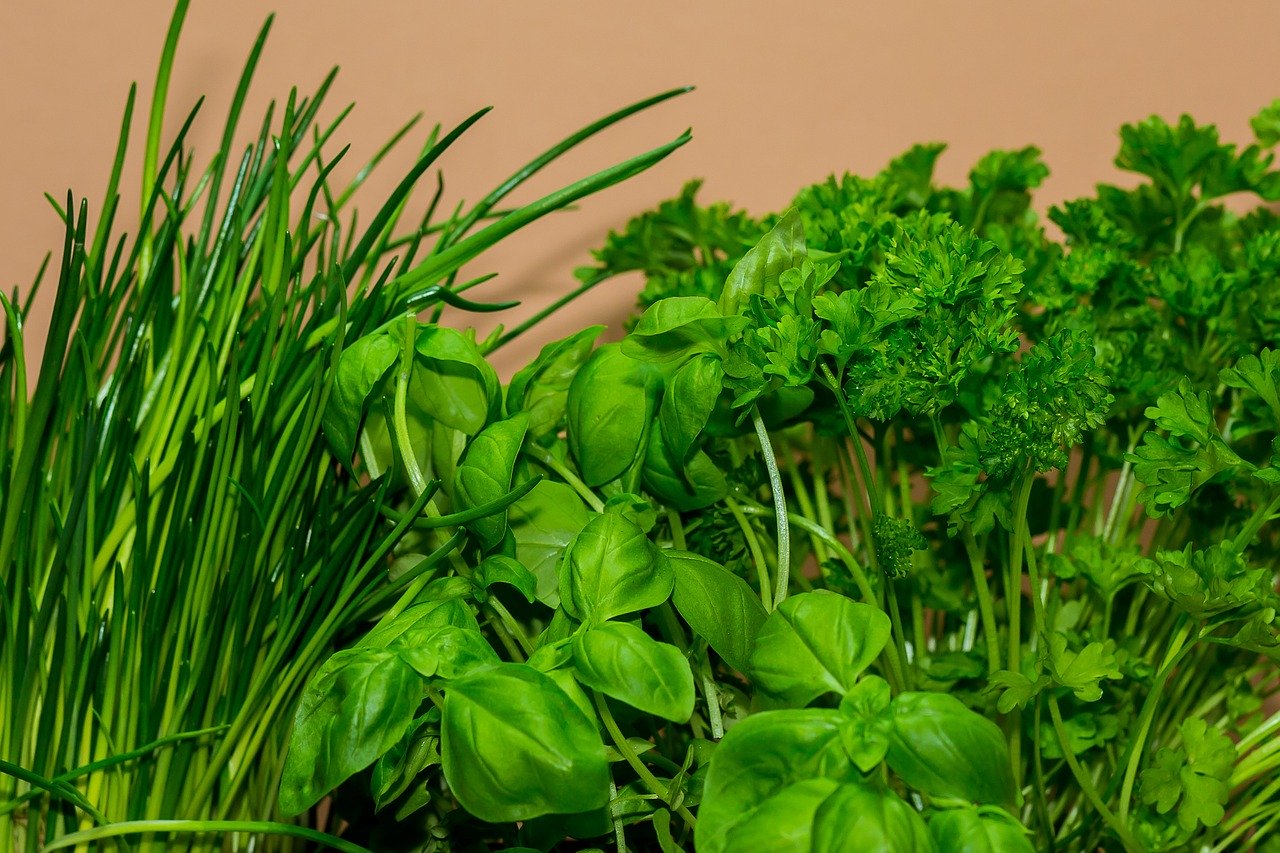Tips for Kapha Time - Part 2
Spring fatigue, viral infections, hay fever and allergies are the health challenges of spring. The threat of the Corona virus makes us realize more than ever how important it is to take personal action for good health.
Diet and health
Most people are now realizing that good health can be promoted with proper nutrition. However, there is no such thing as "the healthy diet" that is the same for everyone year in and year out. The diet should be different depending on whether Vata (stress), Pitta (ambition) or Kapha (enjoyment) determines the reaction type.
But the seasons also have a great influence on the diet. In the Kapha season of spring, it should be especially light. Many people ask us, "WHAT should I eat?"
Earthy kapha dosha has the qualities of cold, heavy and oily. When we eat cold, heavy and oily food in spring, we increase Kapha so much that the typical Kapha diseases such as allergies, metabolic disorders and fatigue can easily develop or be intensified.
Samana Vishesh Sidhant
"The like increases, the opposite reduces a dosha." With this plausible logic, the classical texts explain that an excess of qualities can be balanced by opposite qualities. When cold still prevails in nature after winter, we need warm and warming food and drink. When snow and humidity have paralyzed nature, we need light and ethereal to overcome the heaviness and immobility of winter. The digestive power Agni, reduced by the cold, is now unable to digest heavy and oily foods.
Ideal tastes and qualities of food for spring
Therefore, food in spring should be especially light, warm and low in fat. In terms of flavors, pungent, bitter and tart should come to the fore at every meal.
Here are some examples of the pairs of opposites: light and heavy, warming and cooling, sweet/sour/salty and spicy/bitter, tart:
|
|
Prefer in kapha time |
Reduce in Kapha time |
|
|
Light, warming, pungent, bitter, tart |
Heavy, cooling, sweet, sour, salty |
|
Grains |
Barley, rye, millet, buckwheat, amaranth, quinoa |
Wheat, spelt, (brown) rice, oats |
|
Dairy products |
Lassi (highly diluted yogurt), little milk, butter and ghee |
Yogurt, all cheeses, milk, butter and ghee in larger quantities |
|
Sweeteners |
Honey, maple syrup |
All kinds of sugar, molasses |
|
Oils and fats |
Coconut fat, ghee, linseed oil in small quantities |
butter, all oils and spreadable fats |
|
Fruits |
apples, pears, pomegranates, cranberries, strawberries, raspberries |
bananas, avocados, melons, citrus fruits, pineapple |
|
Vegetables |
Asparagus, radishes, kohlrabi, green salad, endive, cabbage, sprouts, chicory, peppers, spinach, chard, all leeks, sprouts from all seeds |
All root vegetables such as potatoes, celery, beets, sweet potatoes, cooked tomatoes |
|
Legumes |
Red lentils, mung beans, chickpeas, all sprouts from legumes |
|
|
Herbs and spices |
All fresh wild herbs (wild garlic, goutweed, watercress, nettle), parsley, chives, sage, rosemary, oregano, thyme black pepper, cayenne pepper, cloves, ginger and turmeric |
salt |
|
Nuts |
pumpkin seeds, sunflower seeds |
All other nuts |
|
Meat |
Small quantities of chicken, duck, turkey, lamb |
All red meats beef, pork.... |
|
Fish |
Trout |
Fatty fish |
 Preparation
Preparation
During the Kapha period, food should be mainly cooked, low in salt, but spicy. Hot spices should be used abundantly, as well as bitter and tart kitchen herbs (sage, marjoram, fresh wild herbs). Food should also be prepared with significantly less fat (ghee, butter, oils) than in the Pitta and Vata seasons. Raw foods should be fresh green culinary herbs and wild herbs in particular, along with green salads (leaf lettuce, lamb's or bird's lettuce, arugula) and radishes or kohlrabi (rutabaga). These are also excellent ingredients for smoothies, which in the kapha period should still be given a warming touch with hot spices such as ginger or cinnamon.
The more one is prone to ailments that are typical during the Kapha period, the more important it is to greatly reduce or eliminate dairy products. This is especially true for allergies such as hay fever, and for infections.
Organic and regional
Those who care about good health would do well to use as much food as possible from organic farming. These have been proven to be less contaminated with pollutants and in some cases also have a somewhat more favorable content of minerals and active plant ingredients. If you do use wild herbs, be careful not to gather them in parks and other typical dog walking areas.
Also be careful with herbs that can be confused (wild garlic and lily of the valley). Also use your sense of smell when doing this to avoid confusion. .
Summary
In the Kapha season of spring, some complaints occur more frequently: Allergies, infections, fatigue, metabolic disorders. Diet and behaviors that reduce Kapha can significantly reduce these complaints. The more typical Kapha complaints occur, the more important it is to choose foods that reduce Kapha. Please refer to our table above.


We look forward to your feedback!